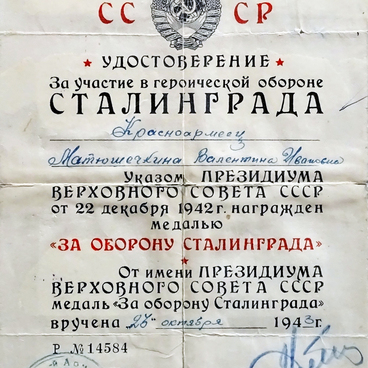A piano is a keyboard stringed instrument with a horizontal (grand piano) or vertical (upright piano) arrangement of strings. The sound of the piano is greatly influenced by its construction, which has undergone significant changes since the 18th century. The piano consists of an acoustic apparatus (soundboard, string clothing), keyboard mechanism, and supporting structures (futor, metal frame, whirbelbank). The mechanism’s complex system of levers allows force to be transferred from the player through the key to the hammer, whose strike on the string produces sound. The modern range of the piano is 7 ⅓ octaves (88 keys).
The piano was invented by the Italian harpsichord maker Bartolomeo Cristofori (1655-1732), who had been working on a hammer mechanism for the harpsichord since 1698 (the official date is around 1709). In 1711 the mechanism was described in detail by Scipione Maffei in the Venetian journal Giornale dei letterati d’Italia. The instrument was called “gravicembalo col piano e forte” (harpsichord with a quiet and loud sound), — pianoforte — and later the name piano was cemented. In the invention of B. Cristofori’s invention laid down the basic details of the modern piano mechanism — the hammer, the spindle, the shulter, the fenger and the damper. Cristofori’s invention initiated the development of the mechanics of the English system. Other types of mechanics were developed by Marius in France (1716) and Schröter in Germany (1717-21).
In the following years, improvements in piano design were associated with the evolution of the keyboard mechanism, the introduction of a cast iron frame, pedals, increased range, and changes in string arrangement. C. G. Schröter, I. A. Silbermann, I. A. Stein, I. A. Streicher, I. K. Zumpe, A. Beckers, S. Erar, J. Blüthner, and J. Brinsmead worked on the keyboard mechanism at various times.



